Caste: Origins of our Discontents is authored by American Journalist Isabel Wilkerson and published by Penguin Random House. Wilkerson's book is a constructive overview of the caste system in the United States of America. It takes you to deep-rooted racism in the skeleton of the caste system. Wilkerson is the first woman of African-American heritage to win the Pulitzer Prize in journalism. The author of The Warmth of Other Suns compares the largest and oldest caste system of India and the American influenced caste system in Nazi Germany. The book stands important from the Indian point of view as it unfolds the pillars of caste that made the Indian caste system sustain for so long. The book draws a hard line segregating the race and caste, it defines, peels off the overlapping definition of caste and race. Often, America's history is understood through the glasses of race. Wilkerson explicitly explains to sustain race, caste is used as a sustaining tool.
Miss was born in 1970, she was named 'Miss' as her father hated the - notion that black men and women were never to be addressed as 'Miss' or 'Mister'. As an act of rebel, he named his daughter Miss, leaving no space for his daughter to be disrespected. Miss says – "White are fine with me as long as I stay in the container we have built for you". The label of containers tells the world what is presumed to be inside and what is to be done with it. Isabel Wilkerson in her book tells the story of racial discrimination, a deep-rooted caste system, institutionalised injustice and its current form.
'Caste' word has been debatable in the context of the world, For India, it is a concrete framework of who belongs where. India’s social reformer Jyotirao Phule, first time in his book 'Gulamgiri' addressed the similarity between racial and caste-based discriminations. He compared the status of Blacks in the United States and that of the Dalits in India about 150 years ago. In fact, he dedicated Gulamgiri to the "good people of USA as a token of admiration for their sublime, disinterested and self-sacrificing work in the cause of Negro slavery". On similar lines, Wilkerson in her book heavily speaks about racial and caste-based discriminations.
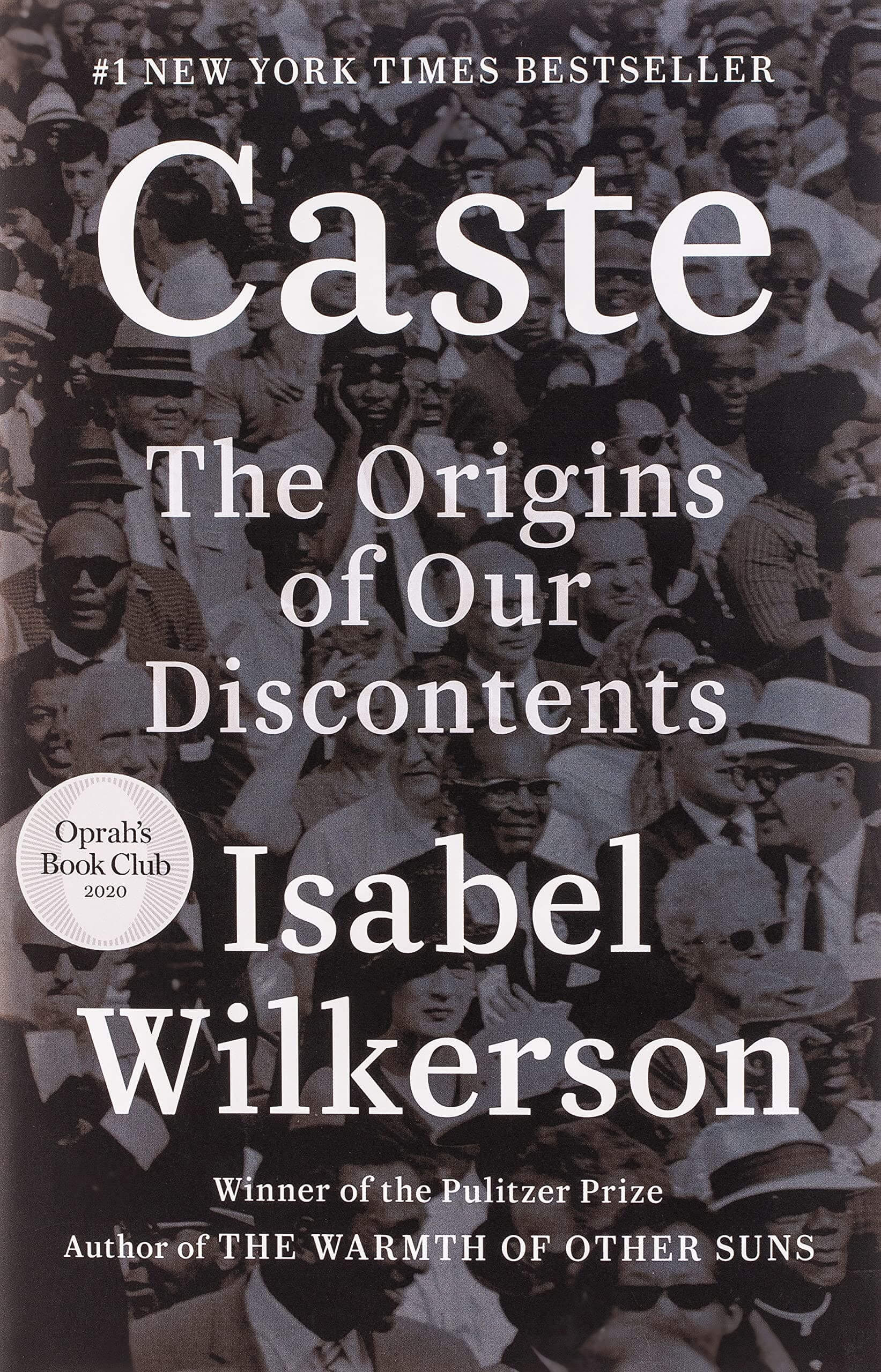 Wilkerson's book is a well-organised attempt to disclose the elements that make caste a long-working phenomenon despite its cruelty. She unfolds the entire system under the eight pillars of caste. These pillars are stand-alone to sustain the caste system. The book starts somewhere in 2016 during presidential elections and ends at post-election scenarios. In between, 400 years of the cruelty of slavery, patterns of slavery, and evolution of race and caste is discussed. Wilkerson believes the 2016 elections are the results of the caste anxieties that grew over the years among the white people. Loosing of Hilary was the frustration of dominant caste insecurity considering the vanishing of whites and winning of Trump was the symbol of last hope. The author, throughout the book, elucidates the events that replicate hate crimes and mass violence. She put's up rhetoric question- What has happened to America?
Wilkerson's book is a well-organised attempt to disclose the elements that make caste a long-working phenomenon despite its cruelty. She unfolds the entire system under the eight pillars of caste. These pillars are stand-alone to sustain the caste system. The book starts somewhere in 2016 during presidential elections and ends at post-election scenarios. In between, 400 years of the cruelty of slavery, patterns of slavery, and evolution of race and caste is discussed. Wilkerson believes the 2016 elections are the results of the caste anxieties that grew over the years among the white people. Loosing of Hilary was the frustration of dominant caste insecurity considering the vanishing of whites and winning of Trump was the symbol of last hope. The author, throughout the book, elucidates the events that replicate hate crimes and mass violence. She put's up rhetoric question- What has happened to America?
Isabel first explains caste and race differences, and then takes back you to root Virginia from where the slavery started and from slavery how caste concept developed. Forming of caste is not one day job, it took years to blend in. However, it has too many gaps from a historical perspective. Wilkerson's Caste states the American caste system as a two-tier system having a stronghold in the South. She bifurcated caste into three sections- dominate caste consisting of Europeans and Caucasian Ancestry, Middle caste summing Asian and Latinos, and Subordinate caste representing African Americans. However, she majorly focuses on dominant and subordinate caste. She links the concept of caste to American slavery, Jim Crow, civil war and the post-civil rights era. Despite winning civil wars, subordinate caste was kept intact and bound to their lower status through laws that tortured them. In the contemporary world, racism is the same, only the ways have changed. She further introduced sexism, xenophobia and homophobia which finds no detailed accounts furthers.
'Caste' is the work of anecdotes, analogy and metaphors to explain the correlation and distinction between caste and race. She calls Race as language and Caste as the grammar of it. Uses analogy of earthquake to explain the course of human history and origins of discontent. America is an old house that needs repairs. Using the allegory of the house she says- "Caste is the infrastructure of our division. It is the architecture of human hierarchy, the subconscious code of instructions for maintaining social order. Caste is holding the country's x-ray".
'Caste' points out religious usage as a crucial part of the caste system. The caste system is approved and accepted as they find their roots in religious scriptures, doctrine and text. Race and caste use religion & through means of holy books justify the evils and wrongdoings. It sets the ladder of humanity and ranking of human value and usage. Religion is used for economic gains at the pretext of exploiting subordinate caste beneath dominant caste. She also argues to avoid injustice and challenge caste-based hierarchy people converted to Christianity. However, it did not work in their favour as a new set of rules were applied to keep them in their place and maintain the purity of hierarchy
The book gives you accounts of several anthropologists and their work on race, caste, and class. This act as supporting evidence to Wilkerson's arguments. It touches historical moments such as Dr Martin Luther King Jr. 1959 visit to India and his memory of being called 'American untouchable". The letter exchanged between W.E.B. Du Bois and B.R. Ambedkar in 1946, highlighting the plight of black Americans & Dalits. B.R. Ambedkar wrote- “I have been a student of the Negro problem and have read your writings throughout”. “There is so much similarity between the position of the Untouchables in India and of the position of the Negroes in America that the study of the latter is not only natural but necessary.”
Isabel recollects her personal encounters with different sorts of people bringing liveliness and sensitivity to her arguments. Caste has different layers, it is so embedded that it won't spare you. There is an unconscious signal of encoded caste superiority. She came up with these impressions after her close encounters with people from several upper castes. The book in some places lack systematic representation and depends more on a sentimental approach.
America witnessed the evils of slavery, adults, children women everyone saw cruelty through naked eyes and spread those cruelties through photographs, and postcards. The book brings photographs from these centuries into words. The photo is not only described but the back story of it is also narrated which is more powerful. One such photo is evidence of black men murdered multiple times in multiple ways. It leaves you in the imagination of how intense the terror was and how humans enjoyed the suffering of other humans. Lynching postcards, photographs of murdered black people were shared and used as a form of communication.
Caste can be considered as a book for a newbie to understand the complexities of race and caste. An eye-opener for someone who feels racism does not exist in the USA. It is a book to educate someone about caste and its cultural dominance. Although, it has a weak spot where it starts comparing the USA and India. Book missed the way it approaches similarities between caste systems of the world. As far as India and the USA are concerned the caste concept takes an opposite stand. Caste is an invisible concept in the USA, only racism is visible. Whereas in India Caste is a reality, a way of life, and it is visible in every ounce of it. Apart from it, Caste mentions nothing about current caste scenarios, lynchings of people, and rising control of several religious institutions. For instance, Rashtriya Swayamsevak Sangh (RSS), a religious organisation in India. As a reader of the book, it definitely took me to the horrors of history but failed to provide space to people's struggle against extremism. It does not explain the social movements, the protest led by women, the LGBTQ community, Dalit activists, Scholars and liberals in the respective community. In the end, the book includes an epilogue on the world without caste, which is an interesting read. The 496 pages book has won Goodreads Choice Award for History & Biography (2020) and AudioFile Earphones Award (2020).
-Snehal Mutha
muthasnehal535@gmail.com
Tags: Isabel Wilkerson Caste Racism Black Lives Matter Snehal Mutha America Casteism Load More Tags

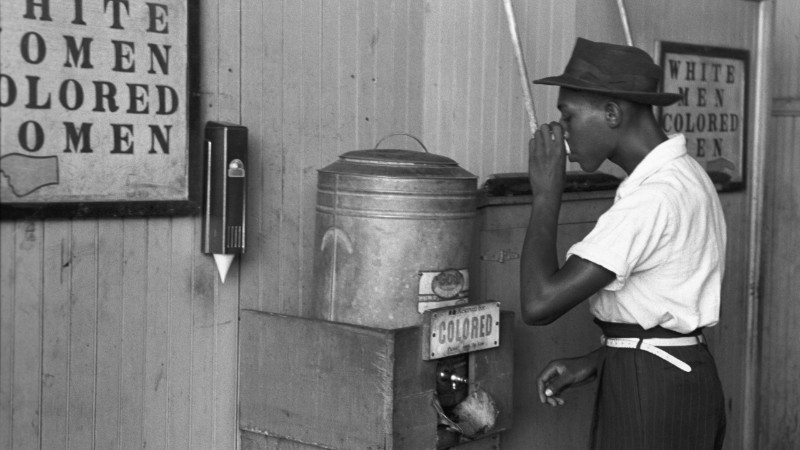


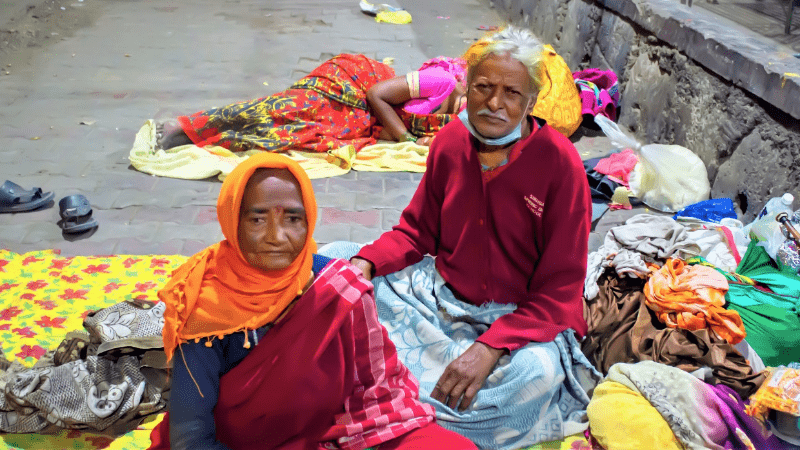
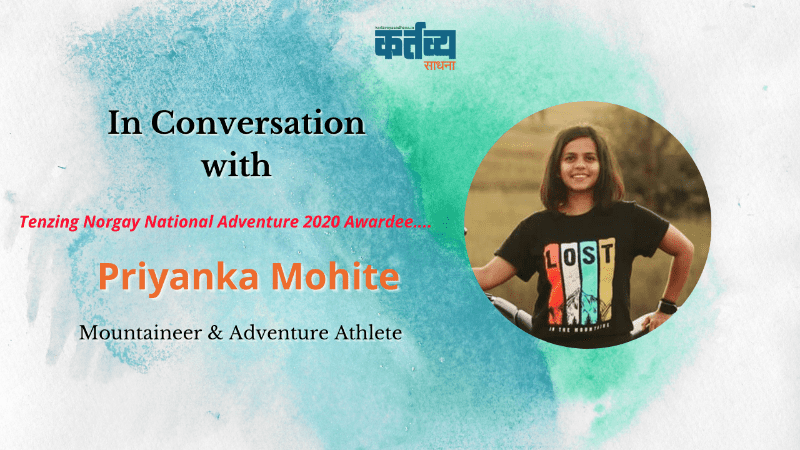
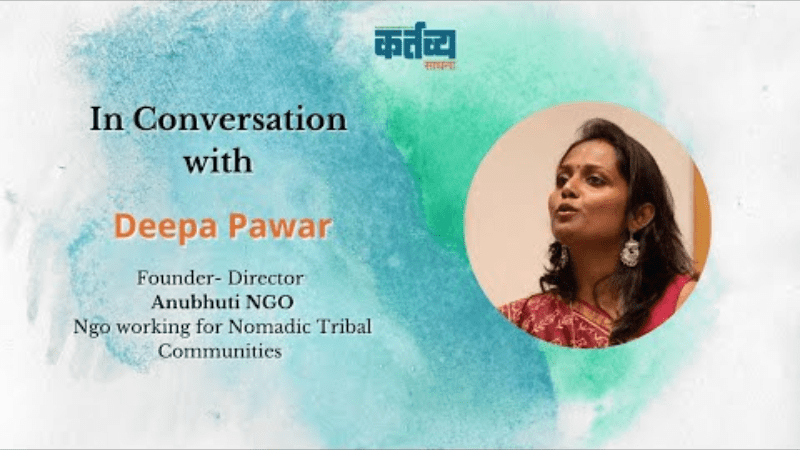
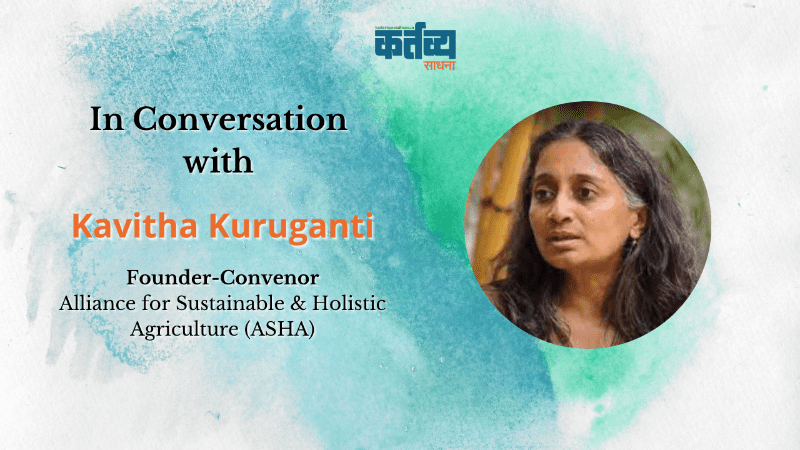

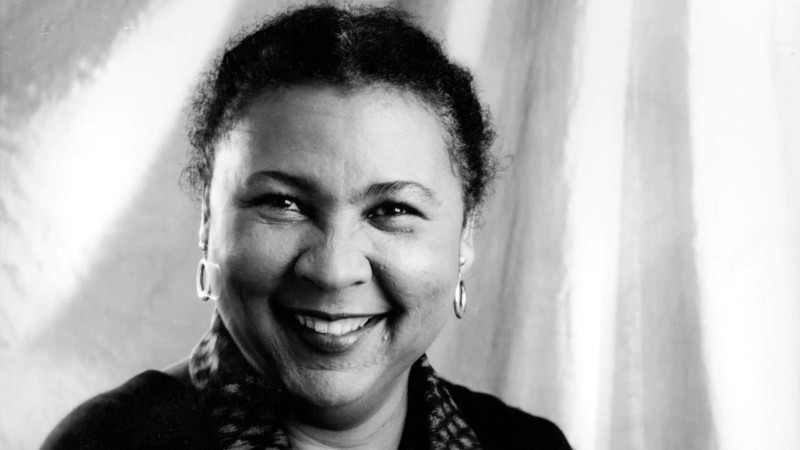

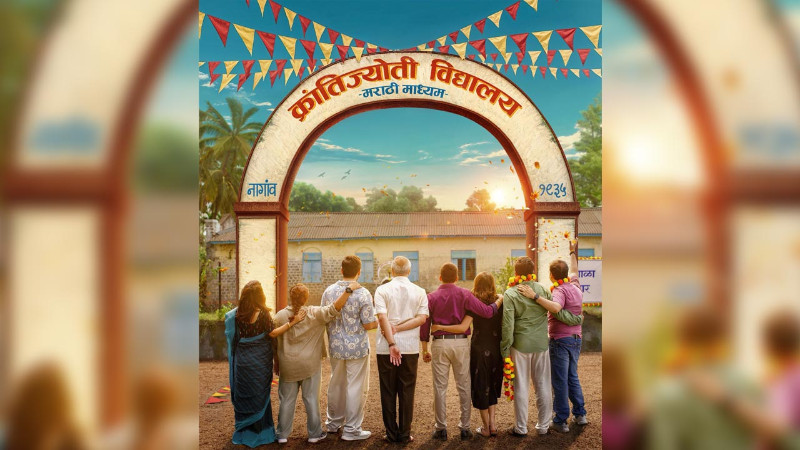

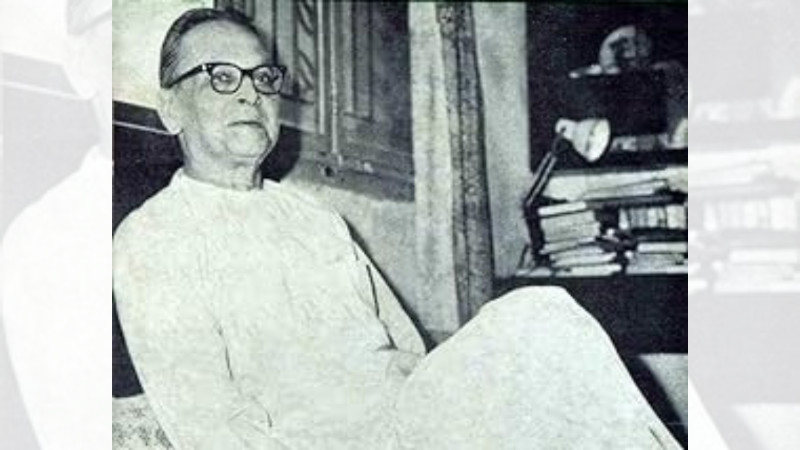
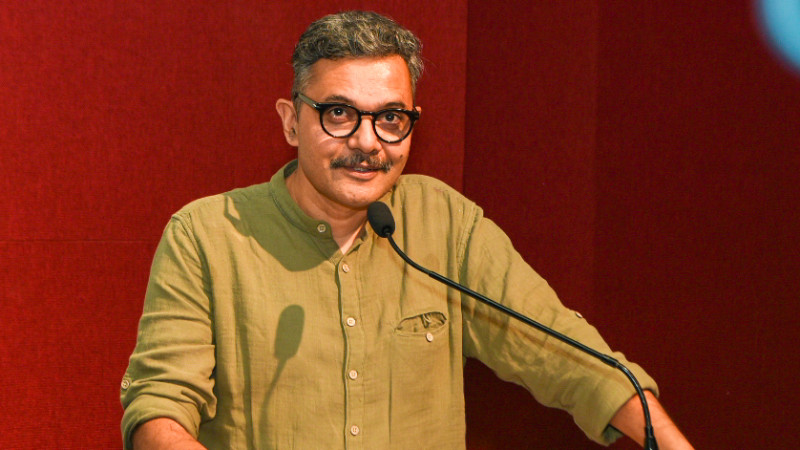
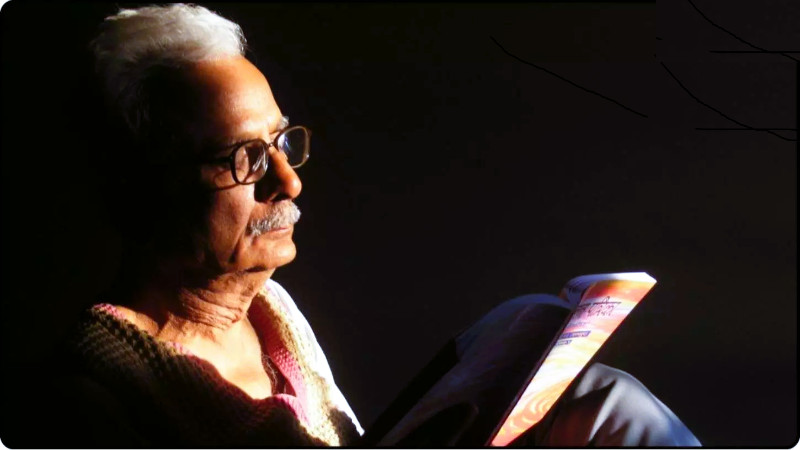
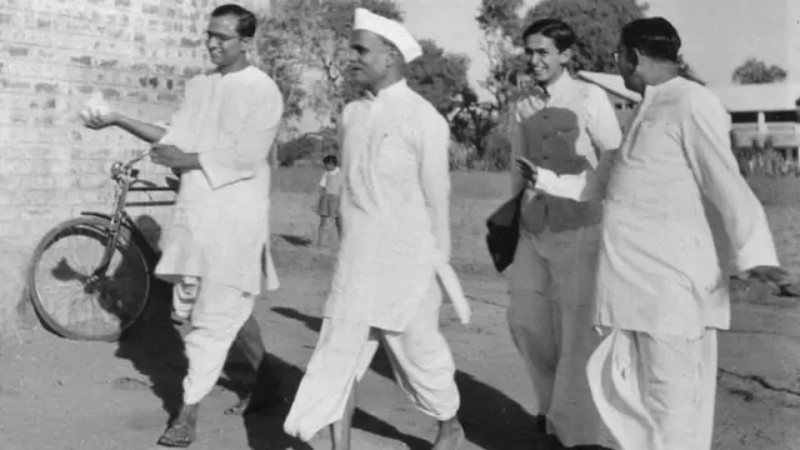
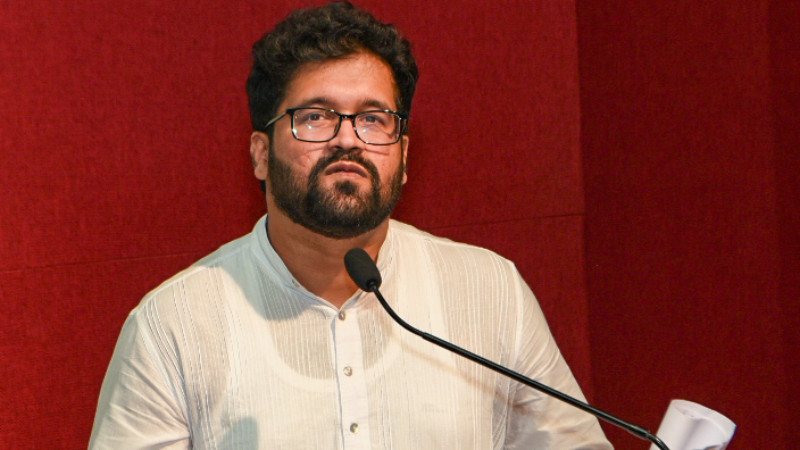
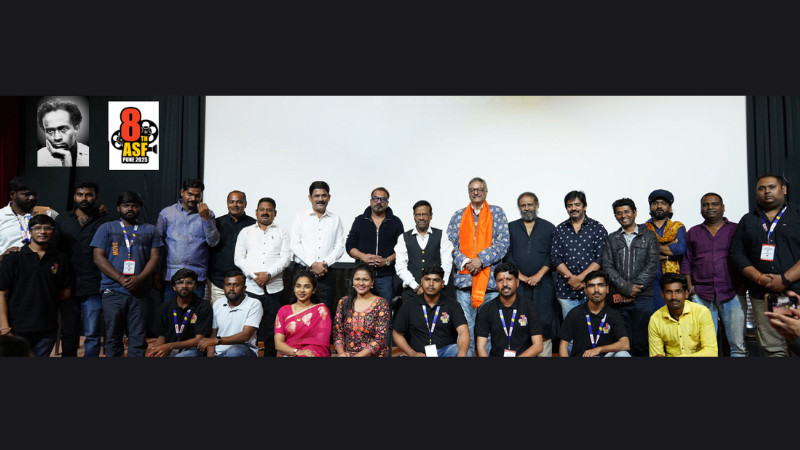

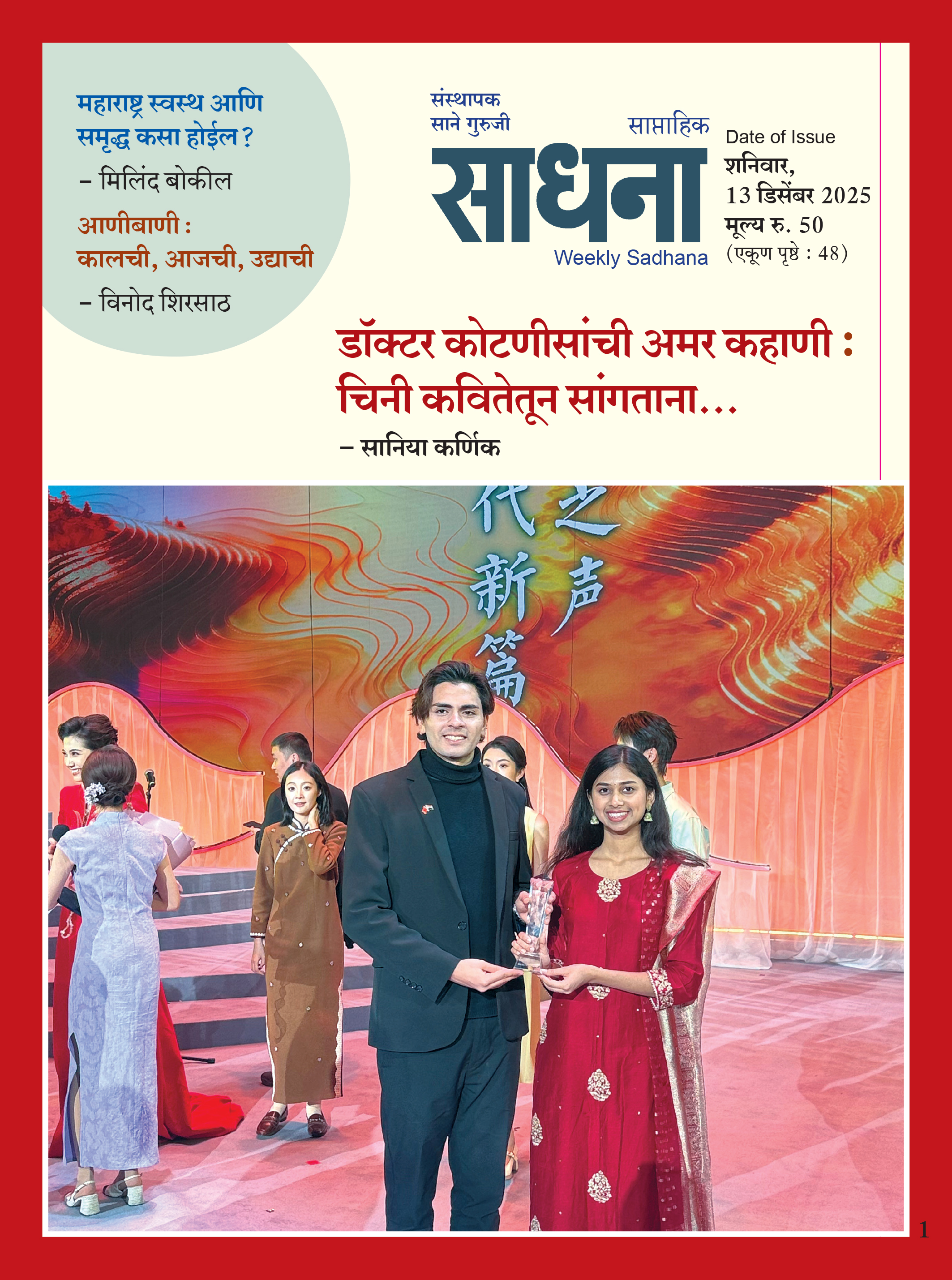













Add Comment